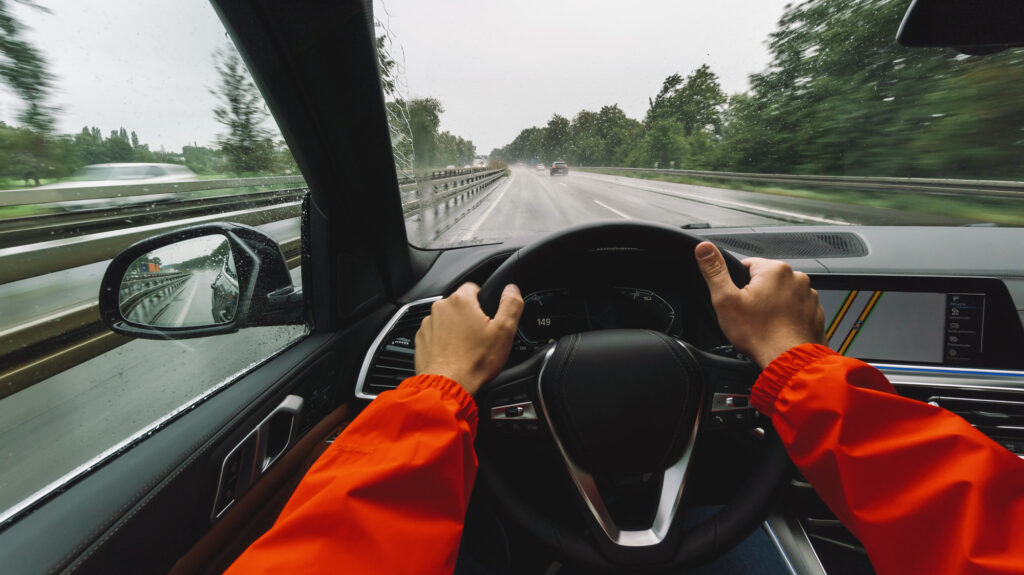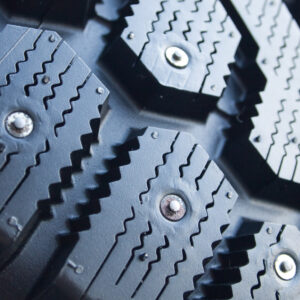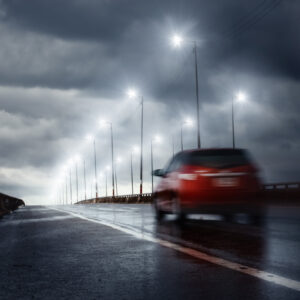When it comes to driving, few things are more satisfying than activating cruise control on a long stretch of highway. The ability to let loose and relax your feet while your vehicle does all the work is a must for long drives.
Unfortunately, it’s difficult to relax when driving in the rain and snow. The road becomes slippery, visibility decreases, and you can’t rely on other vehicles around you to be in total control.
Can you still rely on your vehicle’s cruise control in such conditions?
Is it Safe to Use Cruise Control in the Rain and Snow?
No, it’s not safe to use cruise control in snow, rain, and other inclement weather conditions that can cause the road to become slippery. You’re better off maximizing control over your vehicle to minimize the risks of it skidding out of control.

Cruise control is best used when you don’t have to worry about controlling your vehicle too much, such as on long drives on the highway.
This is because driving conditions on long open stretches are smooth and stable. On the other hand, driving on roads slick with ice, snow, or rainwater is anything but.
What is Cruise Control and How Does It Work?
Simply put, cruise control is a feature drivers can activate to let them take their foot off the accelerator without losing speed. It’s a good way to maintain speed while giving drivers the freedom to relax their feet. You can increase or decrease your vehicle’s speed by adjusting cruise control settings as well.
As for how cruise control works, sensors are used to determine the overall speed of your vehicle. An actuator controls the throttle, allowing your vehicle to maintain its current speed without using the accelerator.
Why is it Unsafe to Use Cruise Control in the Rain and Snow?
Using cruise control in the rain and snow is a bad idea because driving at a constant speed makes it more likely for your vehicle to slide uncontrollably on the road. This phenomenon is referred to as “hydroplaning.”
Vehicles hydroplane when they lose traction and grip on the surface of the road. Instead, the tires of the vehicle end up driving over the thin layer of water or snow resting atop the road. This leads to skidding and it becomes significantly harder to control the vehicle by compromising the driver’s ability to steer and brake.
What to Do When Your Vehicle Skids in Rain and Snow
It’s important not to panic when you lose control of your vehicle. Hydroplaning is dangerous, but you can regain control of your vehicle if you know what to do. Here are the steps to minimize the risk of crashing your vehicle:
- Turn off cruise control or take your foot off the accelerator.
- Don’t hit the brakes and let your vehicle decelerate naturally.
- Steer your vehicle so the tires match the direction of your skidding.
- Wait for your vehicle to slow down to a halt.
- After your vehicle has stopped skidding, you can retake control.
Driving Safely in Rain and Snow: Tips and Tricks
Since you can’t use cruise control when driving in rain and snow, you need to be alert and attentive behind the wheel. Fortunately, there are some steps you can take to make driving on slippery roads easier and safer.

Drive Slowly
When driving in inclement weather conditions, such as when it’s raining or snowing, it’s important to drive at a slow and steady speed.
This means you might have to drive at a slower speed than usual. It might be tempting to put the pedal to the metal but when the road is slippery, traveling at high speeds becomes more dangerous.
The recommended speed to avoid hydroplaning is 35mph. Driving your vehicle at any speed higher than that will likely lead to hydroplaning, putting you, pedestrians, and other drivers at risk. If you’re on the highway and the speed limit is much higher, drive at a speed of 10mph below the speed limit. Don’t go slower than the other vehicles around you. You’re more likely to get into an accident that way.
Inflate Your Tires
Keeping your tires inflated and intact is something every driver should do, but it becomes especially important when the weather is bad. When driving on a slippery road, inflated tires give your vehicle better traction.
Traction is essentially the ability of a tire to grip the road, preventing your vehicle from skidding. Since the risk of a vehicle skidding increases when the road is covered in snow and rain, well-inflated tires reduce that risk significantly.
Never Slam the Brakes
While it might be safe to gently hit the brakes to slow your vehicle down, slamming the brakes for a quick and sudden stop doesn’t usually turn out well when driving on roads covered in snow or water.
Forcing your vehicle to halt makes it more likely to hydroplane and skid out of control. The wheels might stop turning, but the momentum will still propel your vehicle forward — only this time, you won’t be able to control which direction it goes.
Use Specific Tires
Sometimes keeping your tires inflated isn’t enough, and it might be worth your changing tires. There are tires specially designed to improve traction on wet surfaces called wet grip tires. Similarly, winter tires have better traction on snow and ice-slicked surfaces compared to summer or all-season tires.
Similarly, make sure your tires have plenty of tread. Tread improves traction, making vehicles more stable and maneuverable in slippery terrain.
Keep Your Distance
Last but not least, one of the best ways to increase your safety (along with everyone else’s) when driving in rain and snow is to drive at a safe distance from other vehicles. Try and keep at least three to four car lengths between your vehicle and the one in front of you at all times.
In the event one of you loses control of your vehicle, the other vehicle has enough space to maneuver out of the way and give other vehicles behind you ample time to switch lanes.
Any information provided on this Website is for informational purposes only and is not intended to replace consultation with a professional mechanic. The accuracy and timeliness of the information may change from the time of publication.


















